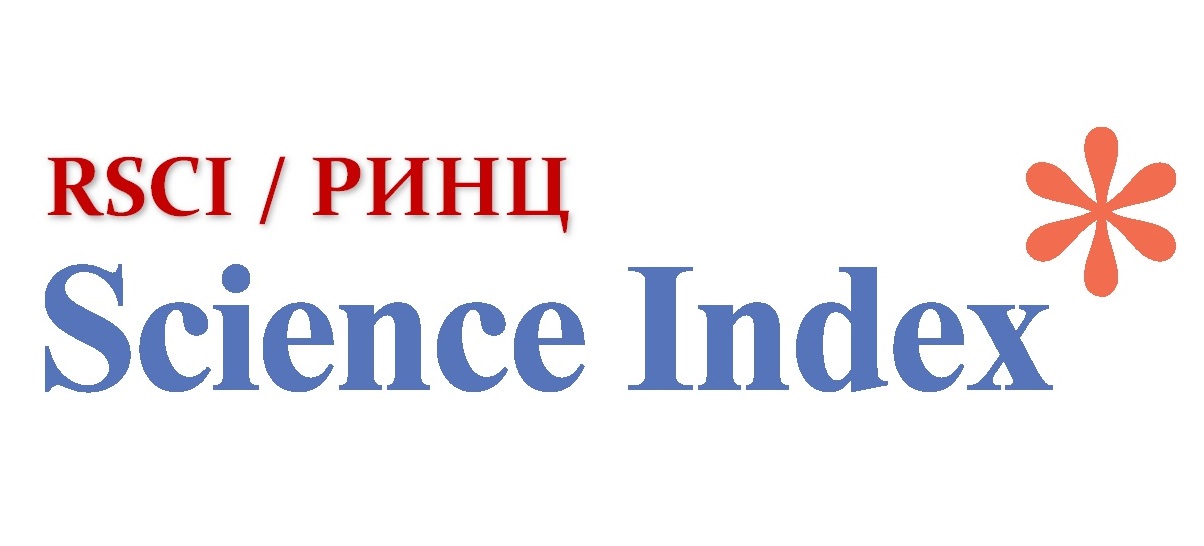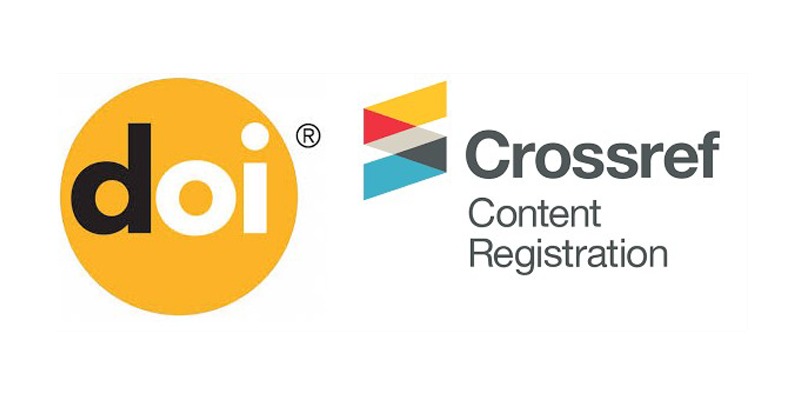Statistical assessment of trends in leading indicators of business cycle in the economy of Kazakhstan
Views: 186 / PDF downloads: 214
DOI:
https://doi.org/10.32523/2789-4320-2024-1-9-29Keywords:
leading indicators, impulse response functions, business activityAbstract
The growth in the number of leading indicators in world practice attracts the close attention of economists in the interests of quantitative assessment of the country's macroeconomics. The purpose of the article is to model and provide short-term forecasts of business cycles of the Kazakhstan economy in relation to leading indicators calculated from enterprise surveys.
This study presents a composite leading indicator for Kazakhstan's economy, which includes subindexes of business activity. The study also includes calculations and analysis of impulse response functions, decomposition of dispersions, data visualization, trend assessments, and modeling of correlation relationships and impulse response functions for short-term forecasting.
Statistical methods confirmed the scientific hypothesis about the manifestation of predictive properties in sub-indices of business activity in four sectors of the economy. Subindices of business activity have a positively directed effect of influence. The advanced waiting time for future changes is signaled 5,8,10 months ahead.
A contribution has been made to the theoretical proposition that sub-indices of business activity of economic sectors are leading indicators and serve as a tool for short-term forecasting, timely formation of preventive measures and management of economic development.
The authors of the article recommend that the regulator and government agencies take into account the amazing results obtained when monitoring and forecasting the economic cycle of Kazakhstan on a monthly basis, when developing economic policy to timely counteract market fluctuations.
Downloads
Downloads
Published
How to Cite
Issue
Section
License
Copyright (c) 2024 К. Бельгибаева, Ф. Алимбаев, Л. Алимбаева

This work is licensed under a Creative Commons Attribution-NonCommercial 4.0 International License.






